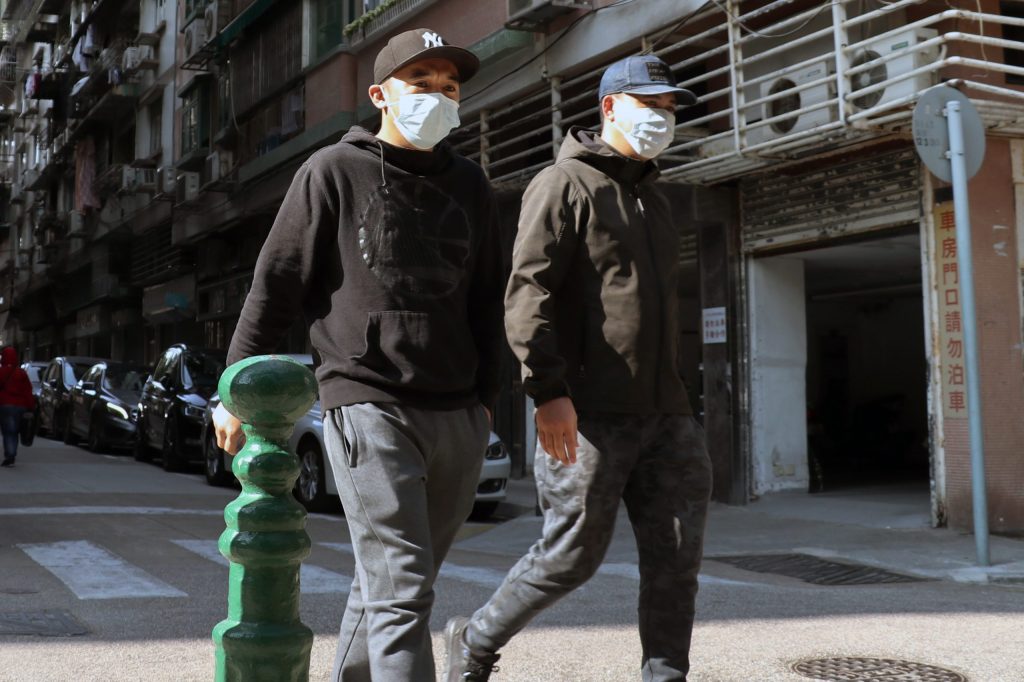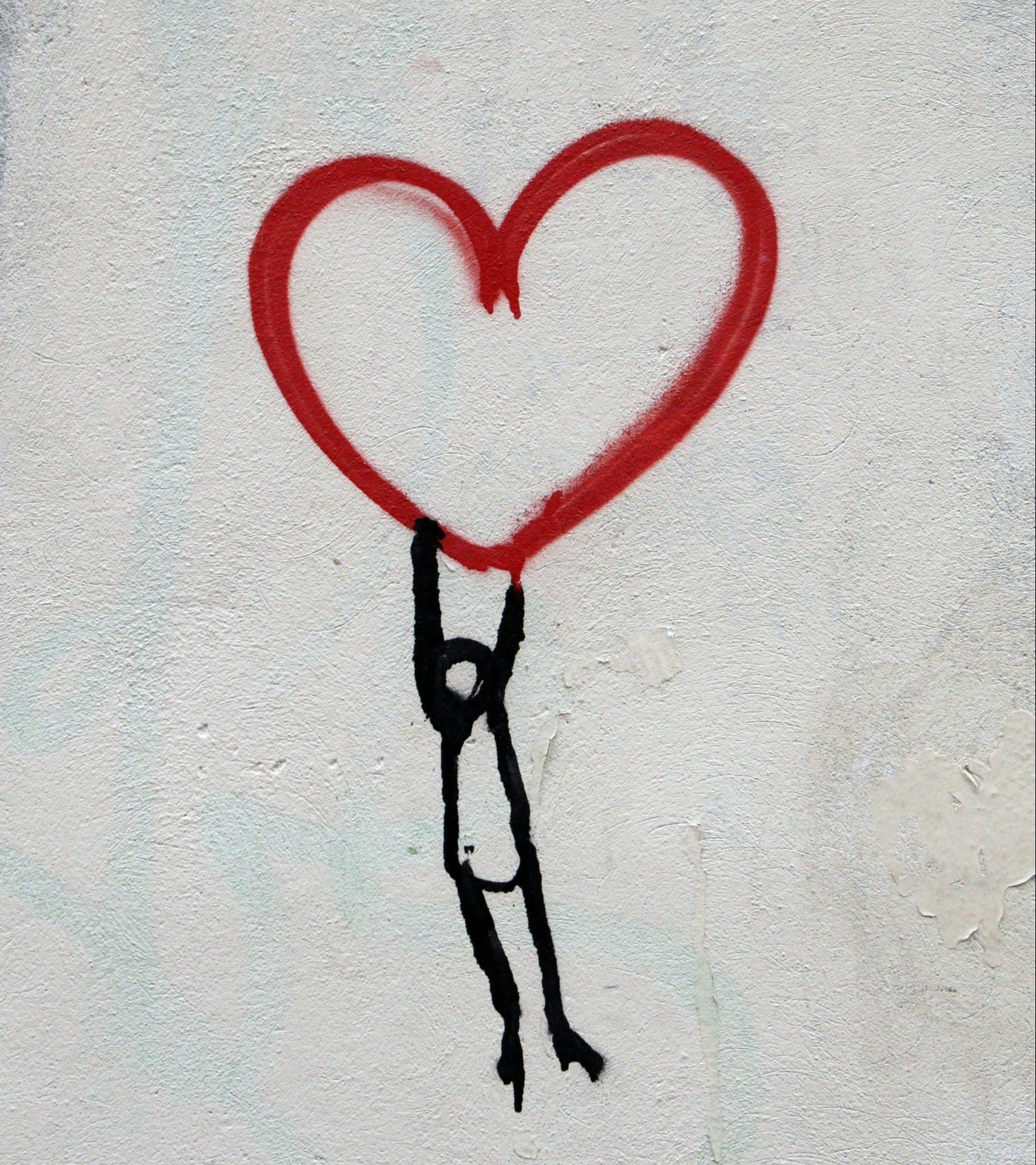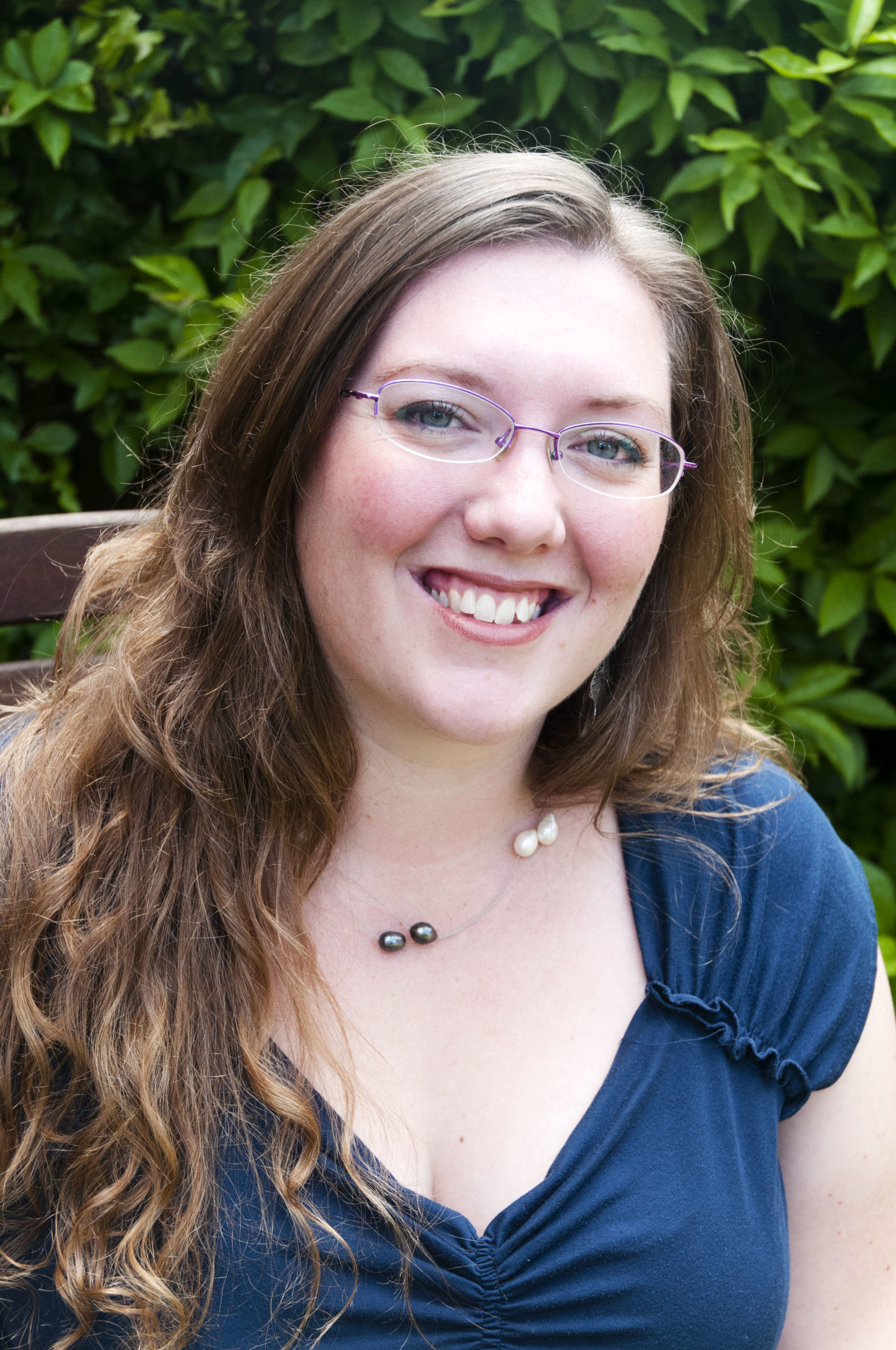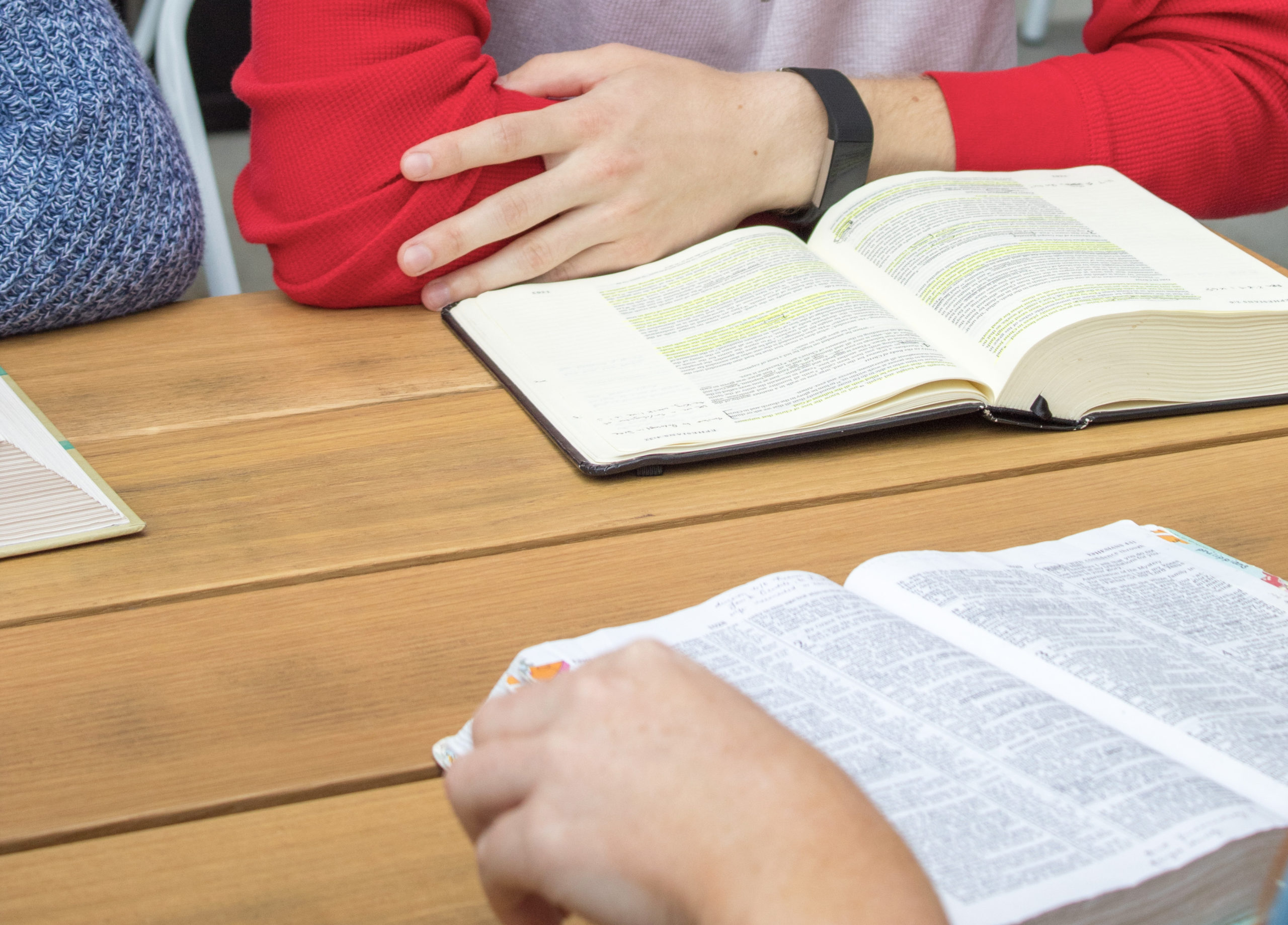The US is a big, diverse country, and COVID-19 has affected various regions of the country differently. First, let’s take a look at what COVID-19 is like in the US overall, and then we’ll look at the best ways to find out what COVID-19 is like in the area that you plan to visit.
Though it varies from city to city, overall, 77% of Americans live in houses, and 88% own their own cars. These facts have made it relatively easy for most Americans to maintain “social distance” and avoid contact with other people, should they choose to do so. Forty-two percent of Americans have been able to work from home during COVID-19, though many are returning to the workplace now as restrictions are being lifted. Only about 16% of Americans live in intergenerational households, so in comparison to some countries, younger Americans may have less chance of spreading COVID-19 to older relatives since they live apart.
Despite these facts, the US is experiencing a very bad outbreak of COVID-19. The US has only 4% of the world’s population, but 25% of the world’s COVID-19 cases. More than 193,000 Americans have already died of COVID-19, and the cases continue to increase. Many Americans have lost income due to COVID-19, and because healthcare in the US is primarily connected to employment, many Americans have also lost healthcare coverage. Studies are showing that COVID-19 is having an especially bad impact on low-income Americans, ethnic minorities, and women.
Political polarization has led many Americans to be untrusting of political authorities or media reporting. Because of this, lots of Americans are unsure where to go for accurate information about COVID-19. Another challenge with COVID-19 in the US is the individualistic mindset of Americans. This mindset leads Americans to focus more on individual rights and privacy and less on making a sacrifice for the common good, and has led many Americans to be resistant to some strategies that have worked well in other countries, like widespread mask wearing and contact tracing.
Nevertheless, mask wearing is becoming more prevalent around the US. Most cities are requiring mask wearing in public, inside of all businesses, and outdoors if it is not possible to maintain a distance of 6 ft from others. Many businesses have also installed clear shields that separate customers from employees, or are offering more pick-up and delivery options for customers to minimize human contact.
Many policies in the US are decided at the local level. Because of this, it is important to research what COVID-19 is like in the US city you plan to study in. Each state is divided into counties, which contain multiple cities. For the most localized COVID-19 information, search the website of your city. The county website will also be useful, since counties may be providing services like free COVID-19 testing, and counties also have the power to set policies like mask wearing. Ultimately, if you are coming to the US to study at a University, the University will be your most important resource for understanding COVID-19 in your area, and they will provide you with the most up-to-date information.
How have cultural perspectives and local dynamics affected COVID-19 in your hometown? What fears or apprehensions do you have about coming to the US to study during COVID-19? We would love to hear from you in the comments!



